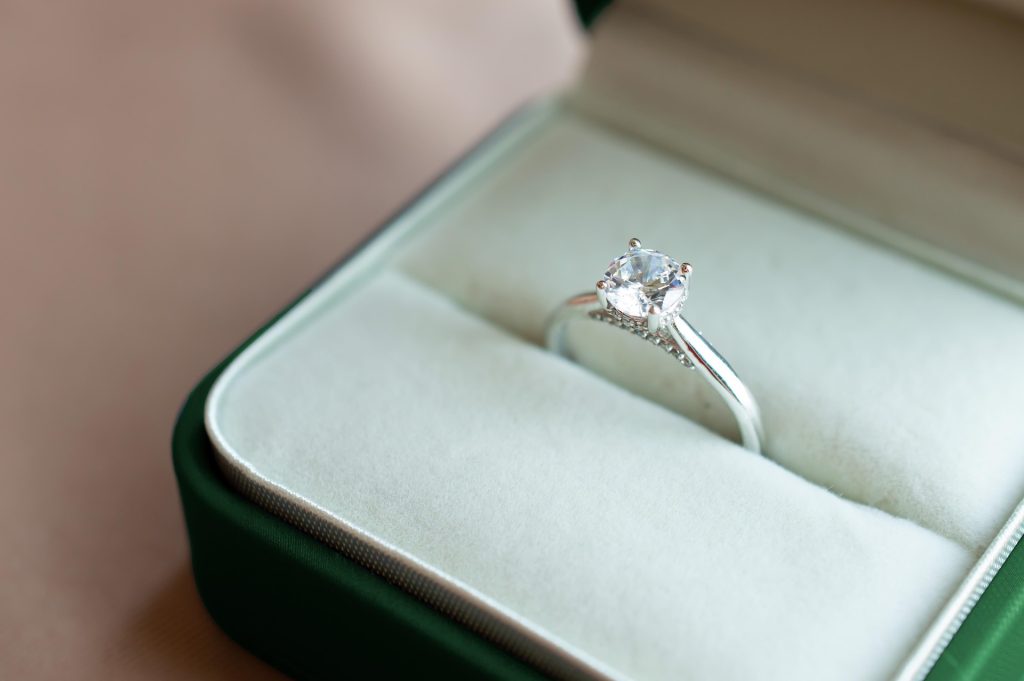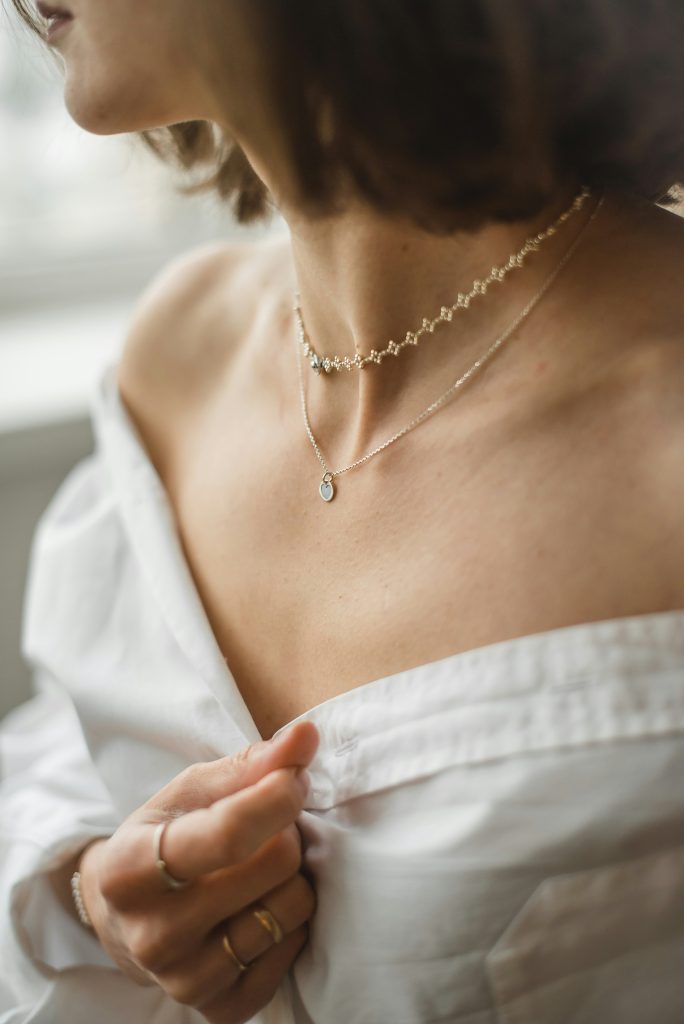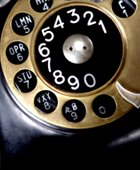Introduction: The Emotional and Symbolic Power of Diamonds
The act of purchasing a diamond often transcends mere commerce; it is deeply embedded in human psychology, cultural traditions, and emotional symbolism. For many consumers, diamonds represent more than just rare gemstones — they are emblems of love, success, permanence, and social standing. These associations are not accidental but are largely the result of decades of strategic marketing combined with underlying psychological triggers such as emotional decision-making, social comparison, and the desire for self-actualization. When someone buys a diamond, especially for an engagement ring, it typically signifies commitment, love, and a major life milestone. In this way, diamonds fulfill powerful psychological needs, not just material desires. The high cost and perceived exclusivity also play into the consumer’s need to feel unique or to display financial success. Understanding why consumers choose diamonds can therefore shed light on much broader patterns of human behavior.

Cultural Conditioning and the Legacy of Marketing
The psychology behind diamond purchasing is deeply rooted in cultural narratives that have been cultivated over time, particularly through marketing. Perhaps the most influential campaign in this regard was De Beers’ iconic 20th-century slogan: “A diamond is forever.” This simple phrase not only emphasized durability but also helped embed the idea that love and commitment should be symbolized by a diamond. Over the decades, such messaging has created a strong cognitive link between diamonds and romantic ideals. This cultural conditioning operates at a subconscious level, influencing consumers to associate diamonds with emotional security and lifelong relationships. For many, even the suggestion of buying a non-diamond engagement ring can seem unconventional or inappropriate, which demonstrates how thoroughly entrenched these ideas have become. Consumers may not even realize how much their preferences are shaped by these legacy campaigns, making marketing one of the most powerful psychological drivers in diamond purchasing behavior.
Status Signaling and the Desire for Social Approval
Diamonds also serve as potent tools for signaling status and gaining social approval. Psychologically, humans have an inherent tendency to compare themselves with others — a concept known in social psychology as “social comparison theory.” When people observe their peers displaying luxury items like diamonds, they often feel compelled to do the same to maintain or elevate their social standing. The diamond’s brilliance, size, and clarity can become proxies for personal success, particularly in societies where wealth and material possessions are emphasized. This drive for social validation can lead consumers to make financial decisions that are less about intrinsic value and more about how others will perceive them. Even among those who claim to purchase diamonds purely for personal enjoyment, there is often an underlying desire to receive admiration or acknowledgment. This illustrates how intertwined diamond purchases are with ego reinforcement and external affirmation, both of which are key motivators in consumer psychology.
The Role of Heuristics in Consumer Decision-Making
When making decisions about high-value purchases like diamonds, many consumers rely on heuristics — mental shortcuts that simplify complex decision-making. These cognitive biases include assumptions such as “higher price equals better quality” or “bigger is better.” Because most consumers are not experts in gemology, they often depend on visual cues, brand reputation, and salesperson recommendations rather than objective assessment criteria. This reliance on heuristics can lead to suboptimal or emotionally charged purchases, as individuals may focus on the sparkle of a diamond rather than the technical specifications that define its value, such as cut, clarity, carat, and color. Furthermore, terms like “conflict-free” or “lab-grown” can also influence consumer behavior through moral heuristics, where a product is deemed more desirable based on perceived ethical superiority. By understanding these mental shortcuts, one can see how diamond purchases are often driven more by psychological impressions than by informed analysis.
Fear of Regret and the Influence of Anticipated Emotions
Another powerful psychological factor that influences diamond purchasing is the fear of regret and the anticipation of emotional outcomes. Many consumers worry that if they choose a smaller or less expensive diamond, they may later feel regretful or face judgment from others. This anticipation of negative emotions can be so strong that it pushes individuals to exceed their budgets or compromise on other life goals just to ensure that the diamond they buy meets perceived expectations. On the other hand, buyers also imagine the joy, admiration, and emotional satisfaction that will follow the gifting or receiving of a diamond, which creates a strong positive reinforcement loop. The anticipated smiles, tears of happiness, and symbolic significance heighten the emotional stakes, making the purchase feel not only necessary but imperative. Such dynamics reveal how much of the consumer decision-making process is emotionally driven, particularly in high-stakes, symbolic purchases like diamonds.

The Influence of Life Milestones and Social Rituals
Life events such as engagements, weddings, anniversaries, and births often act as psychological triggers for diamond purchases. These milestones carry deep emotional and social meaning, and diamonds are frequently chosen to mark such occasions due to their symbolic permanence and perceived rarity. Rituals and traditions surrounding these milestones heavily influence consumer behavior, especially when societal norms expect or even demand a diamond as a token of love, achievement, or remembrance. For instance, in many cultures, not presenting a diamond during a marriage proposal could be seen as a deviation from tradition, sparking feelings of inadequacy or fear of social disapproval. The reinforcement of such expectations through generational repetition and societal storytelling makes it difficult for consumers to consider alternatives. In essence, life transitions amplify the emotional weight behind a purchase, making the consumer more susceptible to symbolic thinking and less inclined to approach the decision analytically.
Gender Roles and Identity Formation
Gender norms play a critical role in shaping diamond purchasing behaviors, especially in the context of heterosexual relationships. Traditionally, men have been positioned as the primary purchasers of diamonds, particularly engagement rings, while women are typically the recipients. This dynamic reinforces conventional gender roles related to provision, romance, and commitment. Men may feel pressure to demonstrate their financial capability and seriousness through the size or quality of the diamond, whereas women may subconsciously associate receiving a diamond with validation, desirability, and status. These ingrained ideas affect not only what is bought but also how it is evaluated and appreciated. Additionally, with the rise of same-sex partnerships and more fluid gender identities, diamond marketing and purchasing behaviors are gradually evolving. However, the legacy of gender-specific norms continues to exert a significant psychological influence, particularly in cultures where traditional roles are still emphasized. The interplay between gender identity and diamond consumption highlights how societal constructs can drive personal financial decisions.
Emotional Attachment and Sentimental Value
Beyond economic and social considerations, emotional attachment and sentimental value are powerful psychological forces behind diamond purchases. Consumers often invest personal meaning into the stones they buy or receive, attributing memories, emotions, and identity to the object itself. A diamond given during a significant life event can become a deeply cherished possession, not because of its monetary worth, but due to its emotional associations. This emotional weight can influence future buying decisions as well — for example, someone may choose a similar style or brand of diamond to honor a memory or maintain a sense of continuity. Sentimental attachment can also prevent individuals from selling diamonds, even when they no longer serve a practical purpose. In psychological terms, this behavior reflects concepts such as “endowment effect” and “emotional ownership,” where people value objects more highly simply because they are personally meaningful. Thus, diamonds become more than products — they evolve into emotional anchors in a person’s life story.
Scarcity Perception and the Allure of Exclusivity
One of the most effective psychological tools in luxury marketing is the concept of scarcity, and diamonds are a textbook example. The belief that diamonds are rare — despite modern mining and synthetic production making many varieties readily available — enhances their perceived value. This scarcity perception creates a sense of urgency and uniqueness, making consumers feel that they are acquiring something exceptional. Psychologically, people are more inclined to desire items they believe are limited in availability, a principle known as “reactance theory.” This drive is further reinforced when products are framed as “limited edition” or “one-of-a-kind,” even when this framing is only loosely based in actual rarity. By tapping into these psychological biases, marketers can effectively elevate the emotional and social appeal of a diamond. The exclusivity factor not only justifies high prices in the minds of consumers but also deepens their emotional investment, reinforcing the idea that a diamond is an irreplaceable token of worth.
Brand Loyalty and the Power of Emotional Branding
Branding also plays a major psychological role in consumer choices, especially in luxury markets like diamonds. Well-established brands often develop strong emotional resonance with consumers by consistently associating their products with desirable traits such as elegance, trustworthiness, and timelessness. When consumers buy a diamond from a recognized brand, they are not just purchasing a gemstone — they are buying into a narrative and identity. This connection can create powerful brand loyalty, even when similar or better-quality diamonds are available at lower prices from lesser-known sources. Emotional branding leverages storytelling, imagery, and customer experiences to build a sense of belonging and aspiration. Over time, these emotional associations can override rational considerations, leading consumers to prioritize brand image over objective measures like the 4Cs (cut, clarity, carat, and color). This reveals how branding can operate as an emotional lens through which diamonds are perceived and evaluated, profoundly shaping the consumer’s decision-making process.
Conclusion: Understanding the Complex Drivers of Diamond Purchases
In conclusion, the psychology behind diamond purchasing is a multifaceted phenomenon influenced by emotional triggers, cultural narratives, social expectations, cognitive biases, and marketing strategies. From signaling status and fulfilling gender roles to celebrating life milestones and forming emotional attachments, diamonds occupy a unique space in consumer psychology. They are not merely luxury goods but deeply symbolic objects that reflect personal values, societal norms, and aspirational desires. By examining the many layers that drive diamond buying behavior, we gain a richer understanding of how emotion and perception can guide consumer choices — often more so than logic or necessity. As market trends shift and social values evolve, so too will the psychological dynamics surrounding diamonds, offering new insights into how and why we continue to invest in these storied stones.




